Sound is a fascinating tool in the animal kingdom. Whether it’s for attracting mates, defending territory, or communicating over long distances, animals have developed astonishing ways to make themselves heard. Some creatures are loud relative to their size, while others, like the mighty blue whale, are just overwhelmingly powerful.
In this article, we’re going to dive into the world of sound and meet the animals that top the charts for being the loudest. We’ll break it down by size, from the tiny aquatic water boatman to the enormous blue whale, and explore just how far and how long their sounds can travel.
Animals use sound for many reasons—finding mates, marking territory, scaring off predators, or simply navigating their environment. Loudness, measured in decibels (dB), depends on the power of the vocal cords, the resonance chambers in their bodies, and sometimes even clever adaptations like rubbing body parts together or popping air bubbles.
Loudness is measured in decibels (dB), which quantify sound intensity. Animals can be loud for different reasons:
Communication: Many species use their voices to warn rivals or attract mates.
Navigation: Some animals, like bats and oilbirds, rely on echolocation to “see” their surroundings.
Defense: Other creatures produce sounds to scare predators or stun prey.
Decibels are logarithmic units, meaning a small increase in the number represents a large jump in intensity. For example:
Normal conversation: ~60 dB
Lawnmower: ~90 dB
Jet engine: ~140 dB
Animals like the blue whale reach levels above 180 dB, making them louder than almost anything humans can produce or withstand.
Decibel Level: 99 dB (like a jackhammer!)
Size: Just 2–12 mm long
Habitat: Freshwater ponds and rivers across Europe and Asia
Purpose: Mating call
Duration and Distance: Sounds can last seconds and travel a few meters underwater.
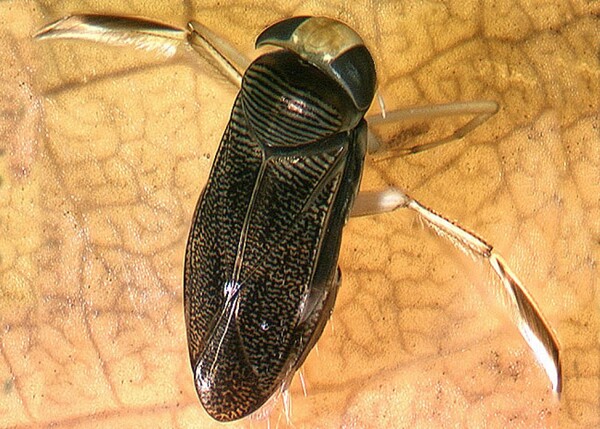
Despite being a tiny insect, the water boatman holds the record for the loudest animal relative to body size. Its unique sound comes from rubbing its genitals against its abdomen—a process called stridulation. Scientists say it’s like hearing a jet engine in miniature! While humans may find it hard to hear above water, the sound is piercing underwater, loud enough to grab a mate's attention.
Decibel Level: 80–90 dB
Size: About 3–6 cm long
Habitat: Puerto Rico (native), Hawaii (invasive)
Purpose: Territorial warning and attracting mates
Duration and Distance: Calls last 0.5–1 second and can be heard up to 100 meters away.

The common coqui frog is beloved in its native Puerto Rico for its "ko-KEE" call, but in Hawaii, it’s a noisy invader that keeps people up at night. Male frogs call relentlessly, especially during the night, creating soundscapes as loud as a busy urban street. The call isn’t just noise—it’s a two-part message: the first part wards off other males, and the second part is pure frog romance.
Decibel Level: 110 dB (comparable to a chainsaw!)
Size: 4–6 cm long
Habitat: Rainforests in South and Central America
Purpose: Mating call
Duration and Distance: Can call continuously for hours, audible up to 50 meters.
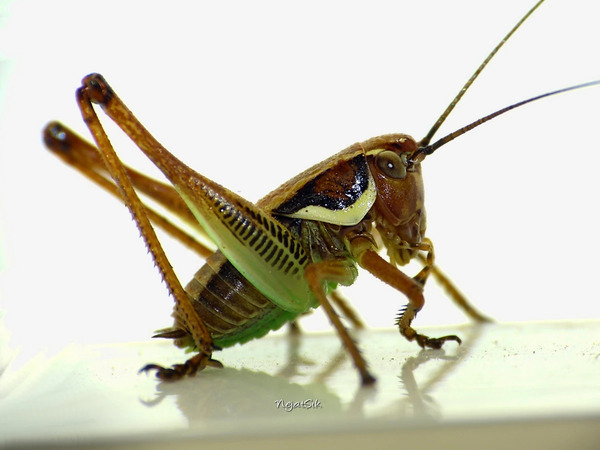
The bushcricket, or katydid, uses stridulation, where males rub specialized parts of their wings together to create ear-splitting calls. Amazingly, these insects sing at frequencies so high that most predators can’t hear them, giving them an evolutionary advantage. Their calls can fill an entire rainforest during breeding season.
Decibel Level: 132 dB (similar to a jet taking off!)
Size: About 60 cm tall, up to 4 kg
Habitat: Forests in New Zealand
Purpose: Attracting mates
Duration and Distance: Calls can last for hours and be heard up to 5 km away.
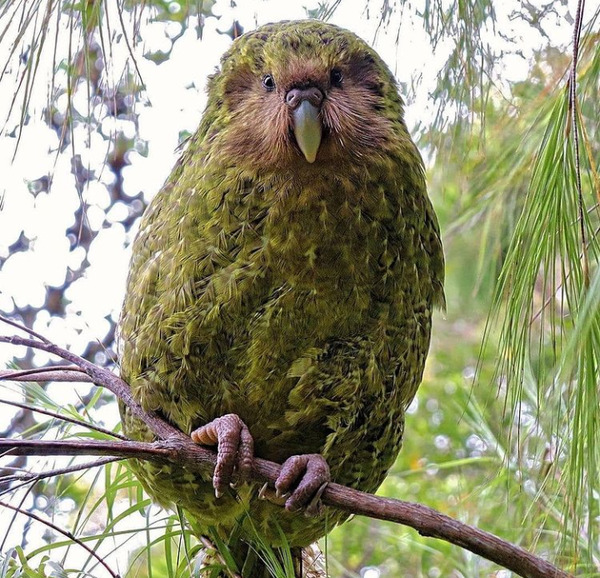
The kakapo, a flightless parrot, is famous for its deep, resonant booming sound. Males inflate a throat sac and emit low-frequency sounds that bounce through the forest, sometimes lasting all night during the breeding season. These calls travel for kilometers, ensuring potential mates hear them.
Decibel Level: 100 dB
Size: 40–50 cm wingspan
Habitat: Caves in South America
Purpose: Echolocation and communication
Duration and Distance: Clicking bursts last milliseconds but can echo for several seconds in caves, heard up to 1 km away.

Oilbirds are unique among birds for their use of echolocation—a skill usually associated with bats. These nocturnal creatures emit rapid clicks to navigate dark caves. When hundreds of oilbirds gather, the collective sound becomes a deafening roar.
Decibel Level: 140 dB (as loud as a rock concert!)
Size: 56–92 cm long, up to 10 kg
Habitat: Rainforests in Central and South America
Purpose: Territory warning
Duration and Distance: Howls last up to 10 seconds and carry over 3 miles.
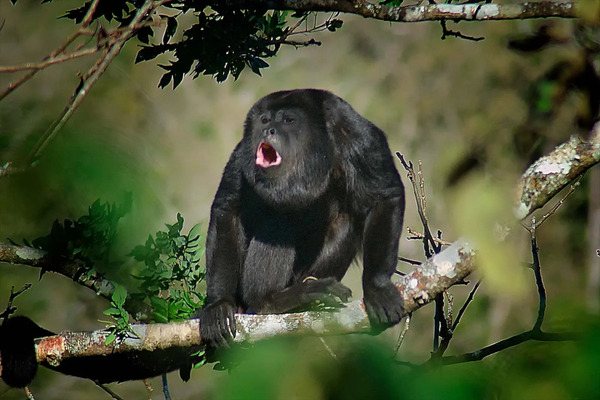
Howler monkeys don’t hold back when they need to make themselves known. Their deep, resonating calls echo across the jungle, warning rival troops to stay away. A specialized hyoid bone in their throat amplifies their calls, making them the loudest land animal.
Decibel Level: 114 dB
Size: 2.5–3 meters long, up to 250 kg
Habitat: African savannas
Purpose: Territory warning and pride communication
Duration and Distance: Roars last 5–10 seconds and can be heard up to 8 km away.

A lion’s roar is one of the most iconic sounds in nature. Male lions use their roars to warn other males to stay away from their pride. These roars are incredibly deep and loud, designed to travel across open landscapes.
Decibel Level: 137–140 dB
Size: Wingspan up to 70 cm
Habitat: Forests in Central and South America
Purpose: Echolocation
Duration and Distance: Echolocation clicks last milliseconds, with effective range up to 50 meters.

Bulldog bats are masters of high-frequency sound. They use ultrasonic clicks to pinpoint prey in complete darkness, often hunting over water. Despite their small size, their echolocation is as loud as a jet engine!
Decibel Level: 200 dB (louder than a gunshot!)
Size: 3–5 cm long
Habitat: Coral reefs worldwide
Purpose: Stun prey and defend territory
Duration and Distance: The sound lasts milliseconds but can travel several meters underwater.

The snapping shrimp is a marvel of marine acoustics. By snapping its claw shut at lightning speed, it creates a cavitation bubble that bursts with an explosive sound. This sound stuns prey and deters predators, making the snapping shrimp one of the ocean’s deadliest creatures.
Decibel Level: 188 dB
Size: Up to 30 meters long, weighing 150 tons
Habitat: Oceans worldwide
Purpose: Long-distance communication
Duration and Distance: Calls last 10–30 seconds and can travel over 1,000 km.

The blue whale, the largest animal ever to exist, produces deep, rumbling calls to communicate across vast ocean expanses. These sounds, often below human hearing range, are essential for finding mates and coordinating migrations.
Decibel Level: 230 dB (the loudest sound in the animal kingdom!)
Size: Up to 18 meters long, weighing 40–50 tons
Habitat: Oceans worldwide
Purpose: Communication and echolocation
Duration and Distance: Click bursts last milliseconds and can travel 10–15 km underwater.
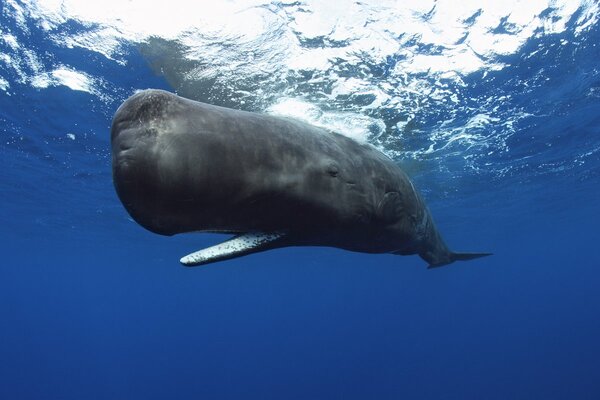
Sperm whales produce clicks so loud they can temporarily stun or kill prey like squid. These sounds, called “codas,” also serve as a complex language to communicate with other whales. Their clicks are unmatched in intensity.
| Rank | Animal | Decibels | Key Fact |
|---|---|---|---|
| 1 | Sperm Whale | 230 dB | Louder than a jet engine. |
| 2 | Snapping Shrimp | 200 dB | Uses sound to stun prey. |
| 3 | Blue Whale | 188 dB | Calls travel up to 1,000 miles. |
| 4 | Howler Monkey | 140 dB | Loudest land mammal. |
| 5 | Bulldog Bat | 137–140 dB | High-Frequency Hunter |
| 6 | Kakapo | 132 dB | Sonic booms during mating season. |
| 7 | Lion | 114 dB | Roars heard up to 5 miles away. |
| 8 | Bushcricket | 110 dB | Sounds like a chainsaw. |
| 9 | Oilbird | 100 dB | Clicks for echolocation in caves. |
| 10 | Water Boatman | 99 dB | Produces sound using its genitals. |
| 11 | Common Coqui Frog | 90 dB | Loudest amphibian. |
From the microscopic water boatman to the gigantic blue whale, nature’s loudest creatures use their voices in ingenious ways. Whether it’s a short, sharp click or a deep, echoing roar, these animals remind us that sound is a powerful tool for survival.
So next time you hear the distant call of a frog or the roar of a lion, take a moment to appreciate the incredible acoustics of the natural world!
animal tags: loudest-animals
We created this article in conjunction with AI technology, then made sure it was fact-checked and edited by a Animals Top editor.